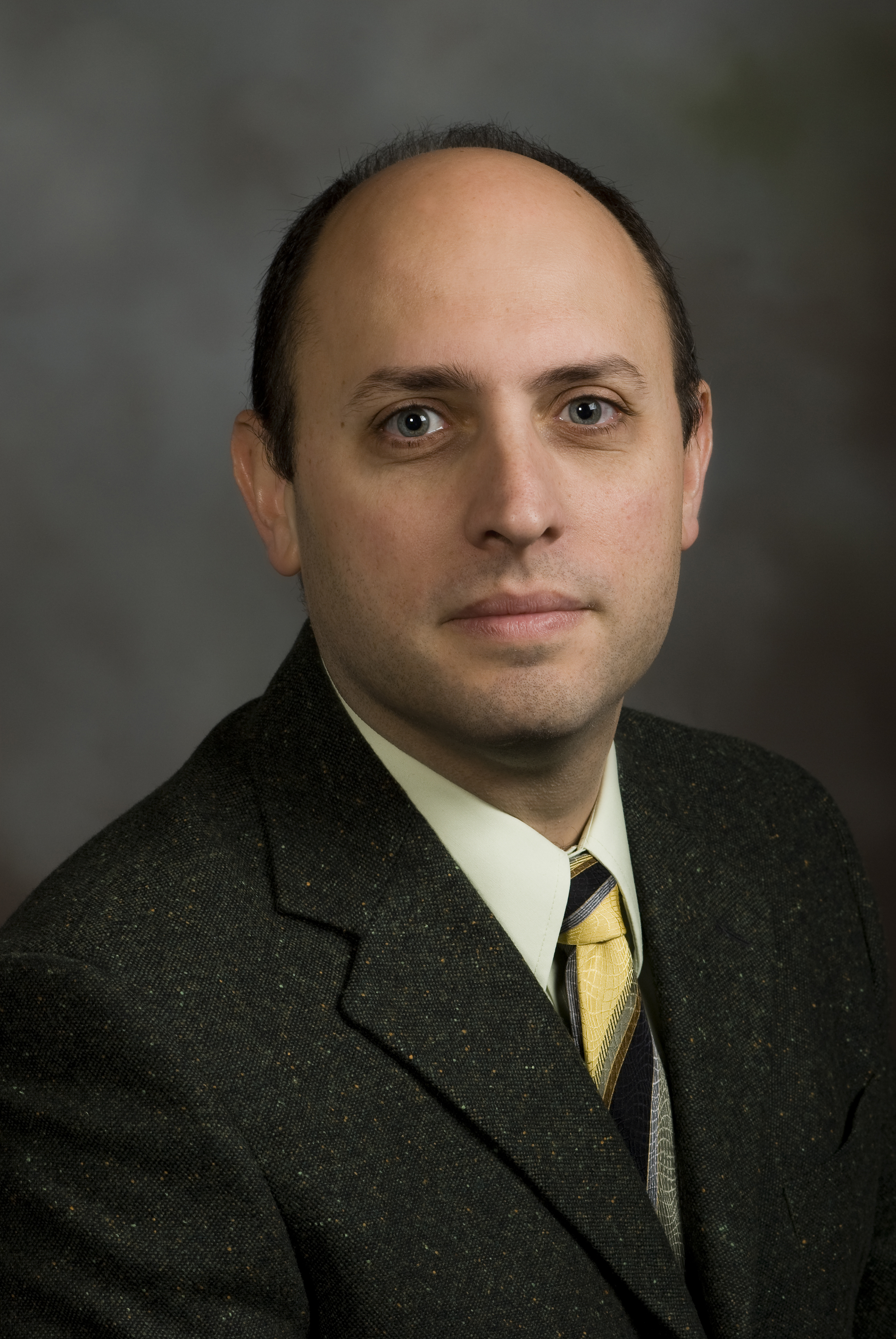Virginia Tech researcher seeks to use electrical stimulation to give voice to stroke patients

A Virginia Tech College of Engineering researcher is seeking a new way to help those who are unable to speak to find their voice.
But, this isn’t “The King’s Speech,” the Academy Award-winning film about a British royal undergoing speech therapy to battle a stammer. Instead, Alexander Leonessa wants to help bring back the voice of stroke patients and others who have suffered paralysis of the vocal folds, through electrical stimulation.
Leonessa, an assistant professor of mechanical engineering, is developing a small device that could use functional electrical stimulation on the paralyzed vocal folds of stroke patients or others who have lost the ability to talk, or even swallow and breathe properly. “The device has the potential of improving the quality of life for patients with vocal paralysis, or neuromuscular disabilities, including traumatic brain injury, multiple sclerosis, cerebral palsy and Parkinson’s disease,” he said.
Leonessa won a $480,000 National Science Foundation Faculty Early Career Development (CAREER) award for this research effort. The CAREER grant is the National Science Foundation’s most prestigious award, given to creative junior faculty likely considered to become academic leaders of the future.
The concept of electrical stimulation on muscles is decades old, and is regularly used on legs and arms to prevent muscle atrophy. If the brain can no longer send electrical impulses to move a limb, the muscles and nerves can basically die off from disuse. Therefore, doctors use an external electrical appendage placed on the exterior skin to provide a small electrical shock that can cause the muscle to contract. The practice exercises the muscles, and therefore can save the leg or arm.
Leonessa said that applying the same method to vocal folds can result in reinnervating the muscle, which also affects breathing and swallowing and other functions. The folds close and open – almost like eye lids – to create or release air pressure that vibrates the vocal chords, and makes sound. If one of the flaps is unable to close, no pressure, hence no sound, can be created. In many cases, be it from a stroke or injury, one of the folds is affected by paralysis, Leonessa said.
During the five-year study, Leonessa and his graduate student research team will work with doctors at the Center for Voice and Swallowing Disorders, part of Wake Forrest University’s Baptist Medical Center in North Carolina. There, patients with paralyzed vocal folds will undergo electrical stimulation tests to see if small shocks can reinvigorate their ability to talk through forced contraction.
The effort has several challenges: Muscles are highly nonlinear and have time-varying characteristics, depending on the patient. Further, a stimulated muscle changes when fatigue occurs and individual muscle models are different. Even more challenging is the fact that there is a significant delay between stimulation and muscle contraction, adding to the processing and transmission delays in the electrical stimulation system.
Leonessa plans to develop a portable, noninvasive device that can be adjusted to each patient. The device itself would be no larger than an iPod, clipped to the belt, and have small wires leading to a patch over the patient’s throat. An Atlanta-based tech company will help develop the device, which will come later in the five-year study if the use of electrical stimulation on the vocal folds holds promise for muscle and nerve rejuvenation.
“Breathing and swallowing have received much attention for patients with vocal fold paralysis, but vocalization is still considered an open problem with unresolved issues due to the complexity of the larynx and the difficulties in stimulating the relevant muscles, without invasive surgeries, given their depth in the neck,” said Leonessa. “The proposed development of a robust control strategy in cooperation with voice-driven data acquisition and a novel electrode array for stimulation purposes will provide a solution to these issues.”




